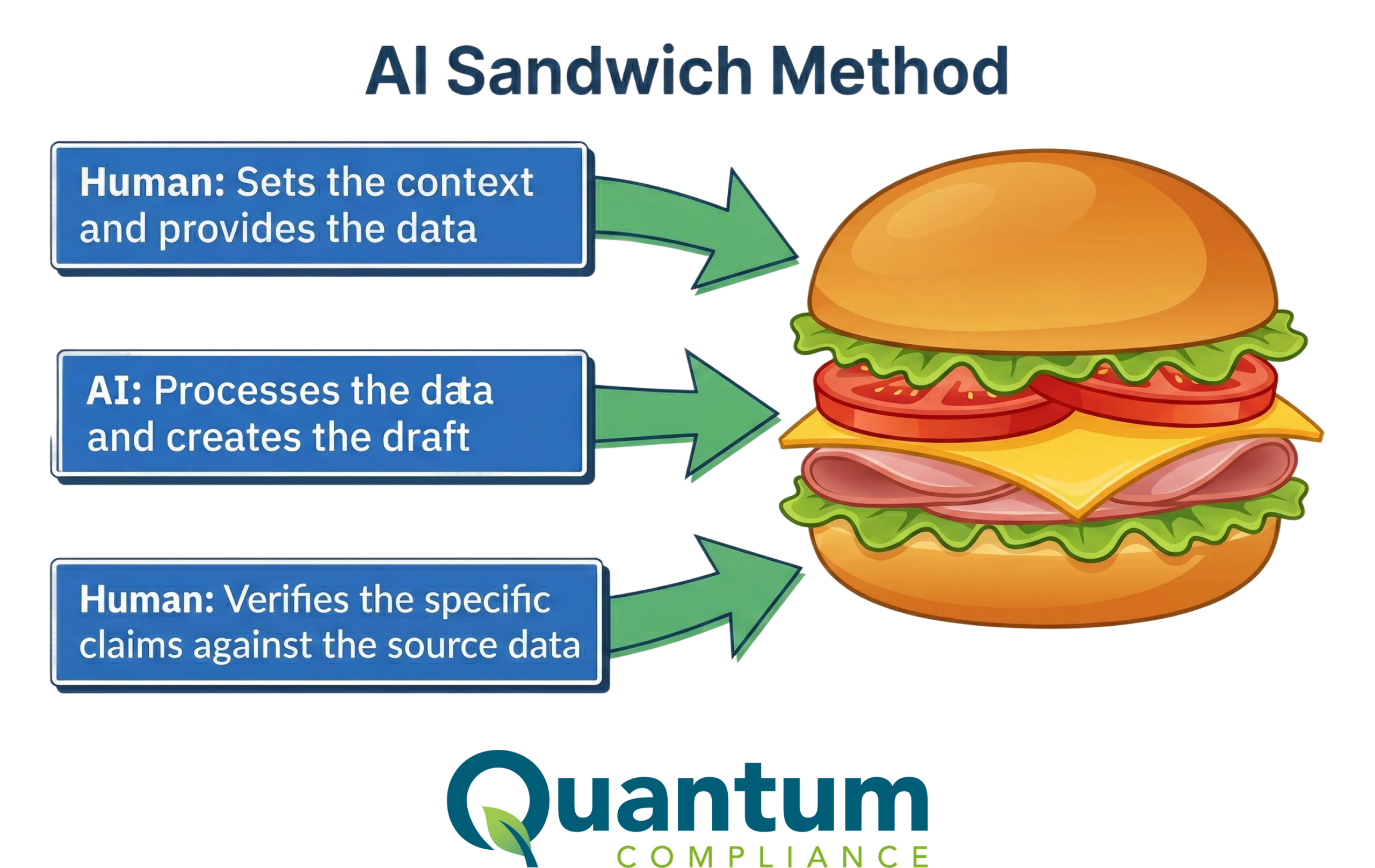Authoring Safety Data Sheets (SDS) is a critical task for any organization that handles hazardous chemicals. These documents provide essential information on the safe handling, storage, and disposal of chemicals, and are crucial for maintaining compliance with safety regulations. However, SDS Authoring is a complex process that can be prone to errors if not done carefully. This article highlights common SDS Authoring mistakes to avoid and how to ensure compliance and safety.
Understanding the Importance of SDS Authoring
SDS Authoring involves creating comprehensive documents that detail the properties, hazards, and safety measures associated with chemical substances. Accurate and compliant SDS Authoring is essential for protecting employees, preventing accidents, and adhering to regulatory standards such as OSHA’s Hazard Communication Standard (HCS) and the Globally Harmonized System (GHS).
Common SDS Authoring Mistakes to Avoid
- Incomplete Hazard Identification:
One of the most critical aspects of SDS Authoring is identifying all hazards associated with a chemical. Failing to include all relevant hazards can lead to inadequate safety measures and increased risk of accidents. Ensure thorough research and analysis to identify every potential hazard.
- Inaccurate Chemical Information:
Providing incorrect or outdated information about a chemical’s properties, such as its physical and chemical characteristics, can have serious safety implications. SDS Authoring must include accurate data on the chemical’s composition, reactivity, and stability.
- Poorly Written Hazard Statements:
Hazard statements must be clear, concise, and accurately reflect the risks associated with the chemical. Vague or ambiguous statements can lead to misunderstandings and unsafe handling practices. During SDS Authoring, use precise language and standard phrases as prescribed by GHS guidelines.
- Inadequate Precautionary Statements:
Precautionary statements provide guidance on safe handling, storage, and disposal of chemicals. Inadequate or incomplete precautionary statements can result in unsafe practices. Ensure that SDS Authoring includes comprehensive and actionable precautionary measures.
- Missing Supplier Information:
SDS documents must include complete and accurate supplier information, such as the name, address, and emergency contact details. Omitting this information during SDS Authoring can hinder effective communication during emergencies.
- Failure to Update Regularly:
Regulations and safety standards evolve, and so do the properties and uses of chemicals. Failing to regularly update SDS documents can result in non-compliance and increased safety risks. Implement a system for periodic review and revision of SDS during SDS Authoring.
- Non-Compliant Format:
SDS documents must follow a specific format as outlined by regulatory standards. Non-compliant formatting can lead to confusion and regulatory penalties. During SDS Authoring, adhere strictly to the required format and structure.
- Inadequate Employee Training:
Even the best-authored SDS is ineffective if employees are not trained to understand and use them properly. Ensure that SDS Authoring is complemented by comprehensive training programs that educate employees on interpreting and applying SDS information.
Best Practices for Effective SDS Authoring
- Utilize Reliable Sources:
Base your SDS Authoring on reliable and up-to-date sources of chemical information, such as chemical databases, industry guidelines, and regulatory bodies. Accurate data is the foundation of effective SDS Authoring.
- Collaborate with Experts:
Involve experts in toxicology, industrial hygiene, and regulatory compliance during SDS Authoring. Their specialized knowledge can help identify hazards and ensure that safety measures are thorough and compliant.
- Implement Quality Control:
Establish a robust quality control process to review and verify the accuracy of SDS documents. Regular audits and peer reviews can help identify and correct errors in SDS Authoring.
- Leverage Technology:
Use SDS Authoring software that automates and streamlines the process. These tools can help ensure consistency, accuracy, and compliance with regulatory standards.
- Maintain Clear Records:
Keep detailed records of the SDS Authoring process, including data sources, review notes, and updates. These records can be invaluable during audits and regulatory inspections.
Conclusion
SDS Authoring is a critical component of chemical safety management. Avoiding common mistakes and adhering to best practices can ensure that your SDS documents are accurate, comprehensive, and compliant with regulatory standards. By prioritizing thorough hazard identification, precise information, and regular updates, organizations can enhance workplace safety and meet their compliance obligations. Effective SDS Authoring is not just about regulatory adherence; it’s about protecting the health and safety of everyone who handles or is exposed to hazardous chemicals. Embrace the importance of meticulous SDS Authoring to create a safer, more compliant working environment.








